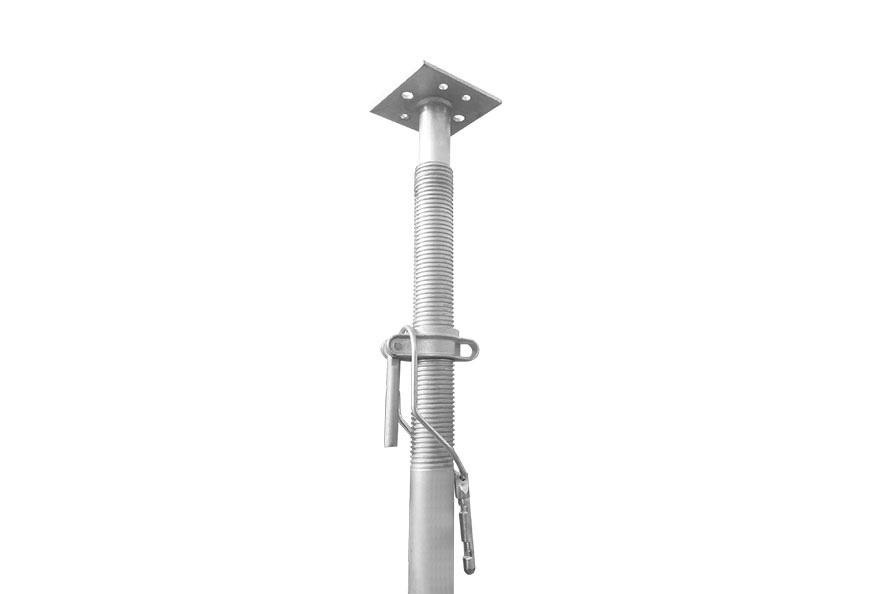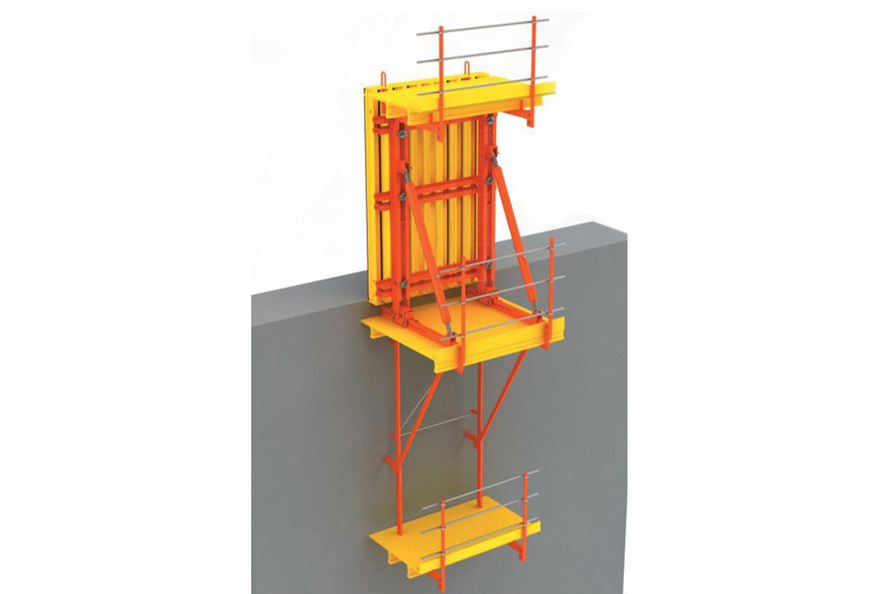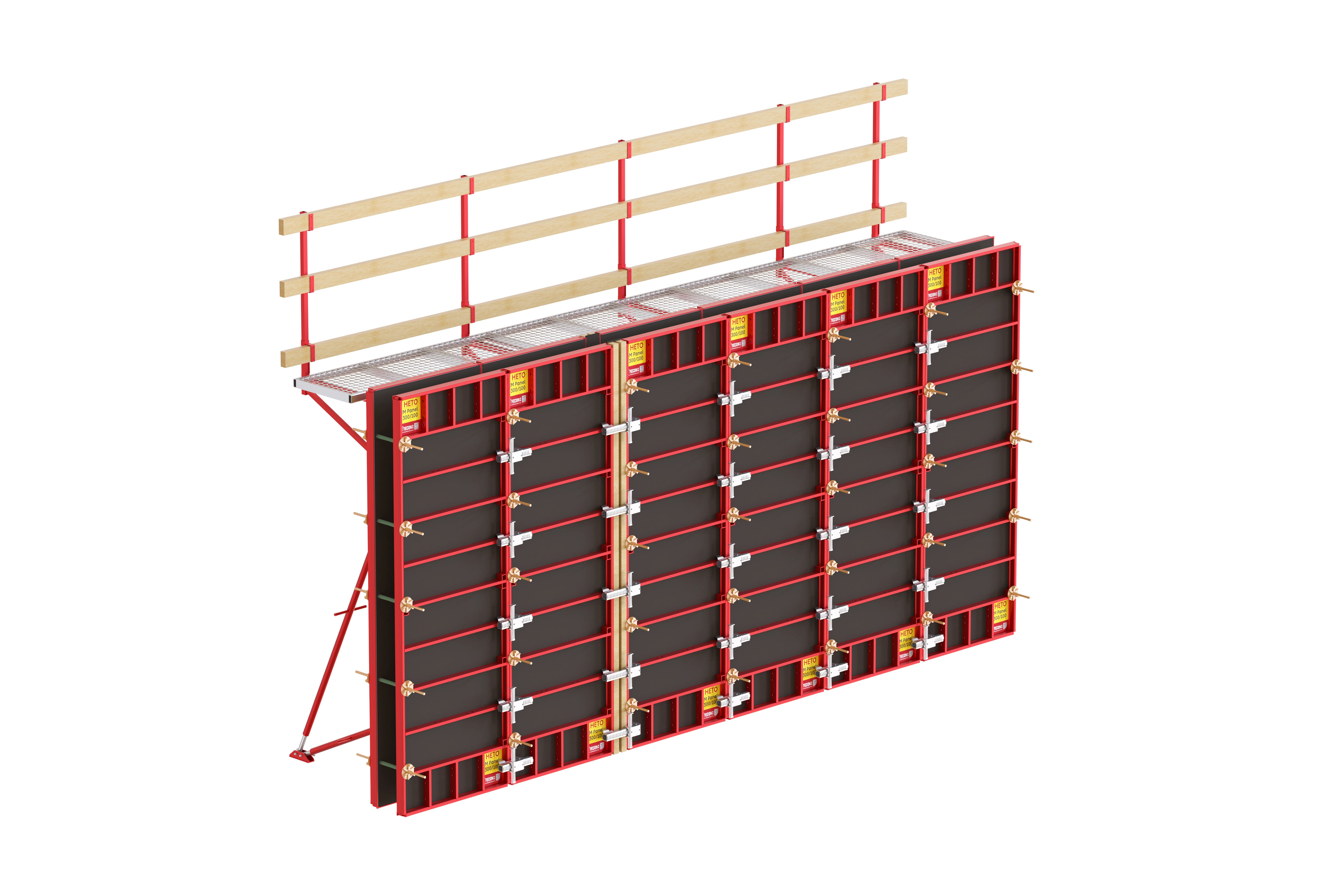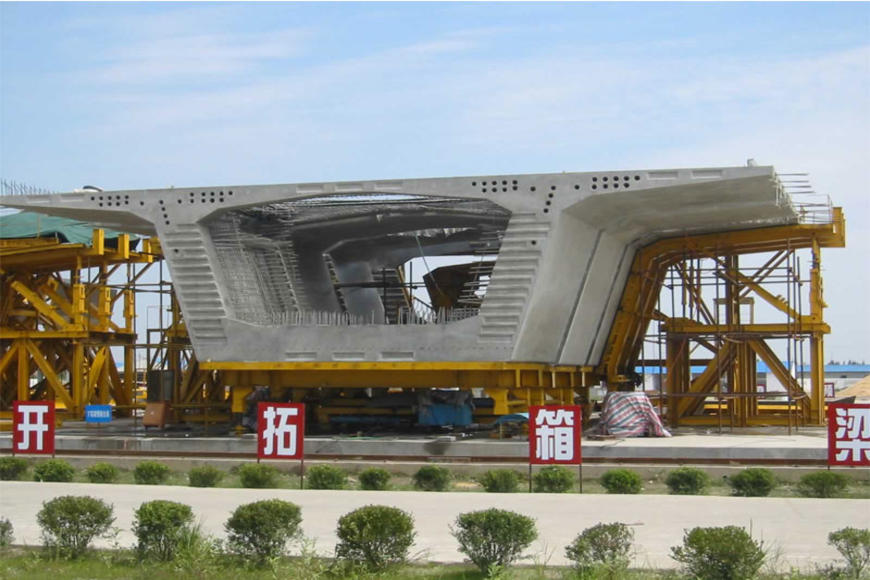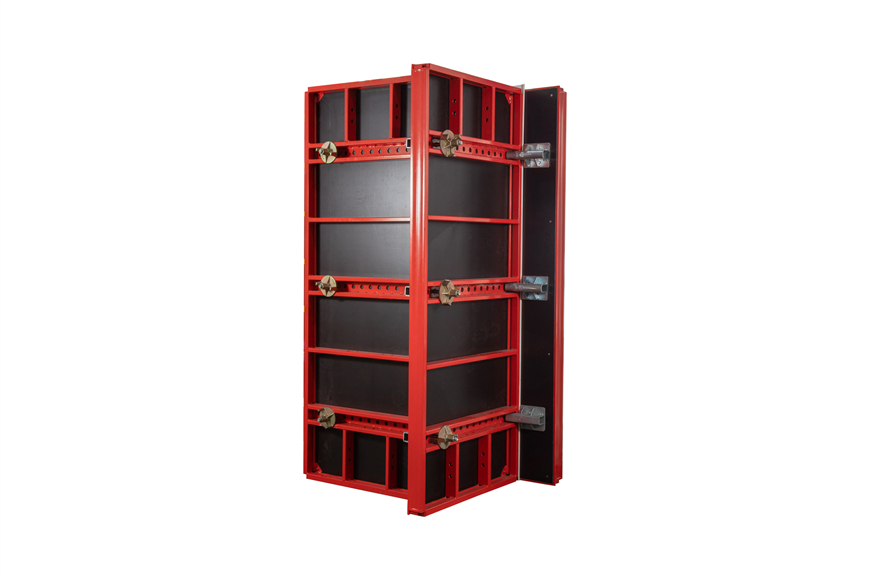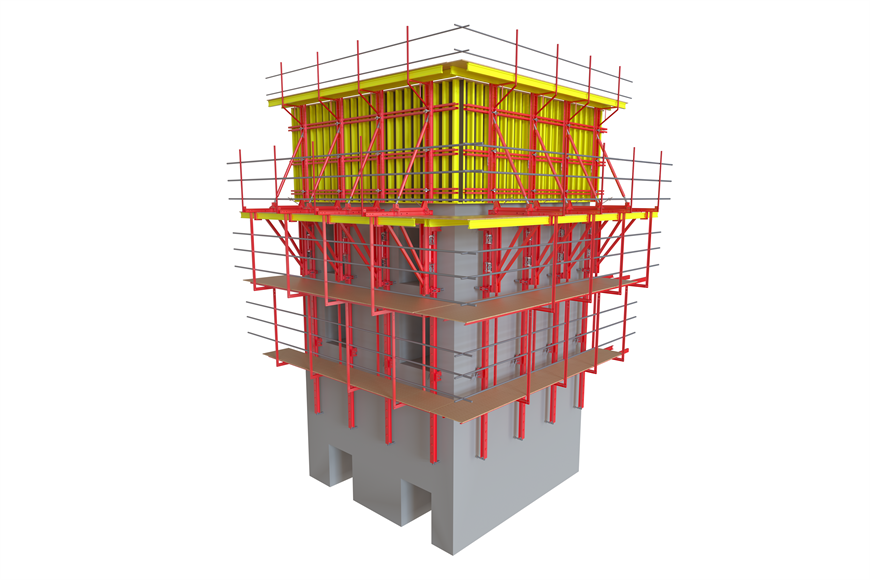The prefabricated plastic formwork structure refers to the connection and fixation between the veneer materials, decorative components and building components through on-site assembly through connectors or fasteners, or through mortise and tenon structure connections. The prefabricated structure can be divided into skeleton structure, assembled structure and tenon structure according to the direct or indirect connection method of decorative materials, decorative components and building components.
The skeleton structure means that the decorative materials and decorative components are fixed on the skeleton formed by the assembly of connectors, keels and fasteners by means of clipping, hooking, gluing, nailing, etc., which realizes indirect connection and fixation with building components through the skeleton.
For example, soft film ceiling, stone dry hanging, light steel keel gypsum board ceiling, light steel keel partition wall, light steel keel metal ceiling, light steel keel silicon calcium board ceiling, overhead installation of solid wood floors, etc., through metal keel, wood keel, etc. The connection and fixation with the building components is realized through skeletons such as metal keels and wooden keels.
There are many plastic formwork for concrete walls, including assembled structure. It refers to the way in which the decorative material and the decorative components are connected and fixed with fasteners such as bolts, screws, round nails, etc. through corner codes, hinges, hinges, pins, etc.
For example, modern panel furniture, finished doors, cabinets, etc. are mostly assembled on site with standard accessories and custom decorative components provided by manufacturers.
The tenon structure refers to processing the joints of materials into tenons, or tenon grooves. Through the joint of the tenon and the tenon or the tenon groove, the tenon is driven into the tenon, and the connection and fixation of the material and the component are realized by the friction between the materials.
For example, most of the traditional Chinese wood structure buildings and traditional furniture are constructed by mortise and tenon structure, and some modern frame furniture also use this method. Common tenon structures of plastic formwork systems include open tenon, closed tenon, round tenon, square tenon, dovetail tenon, single tenon, and multi-tenon.
The connection and fixing methods of the fabricated plastic formwork structure mainly include: nailing, pinning, tenoning, riveting, hooking, hanging, clipping, welding, gluing, bolting, etc. The prefabricated structure is the most widely used, and it is also the main direction of the development of decoration projects in the future. It will develop in a more intensive and integrated direction, and the on-site installation of decorative components will become easier.
